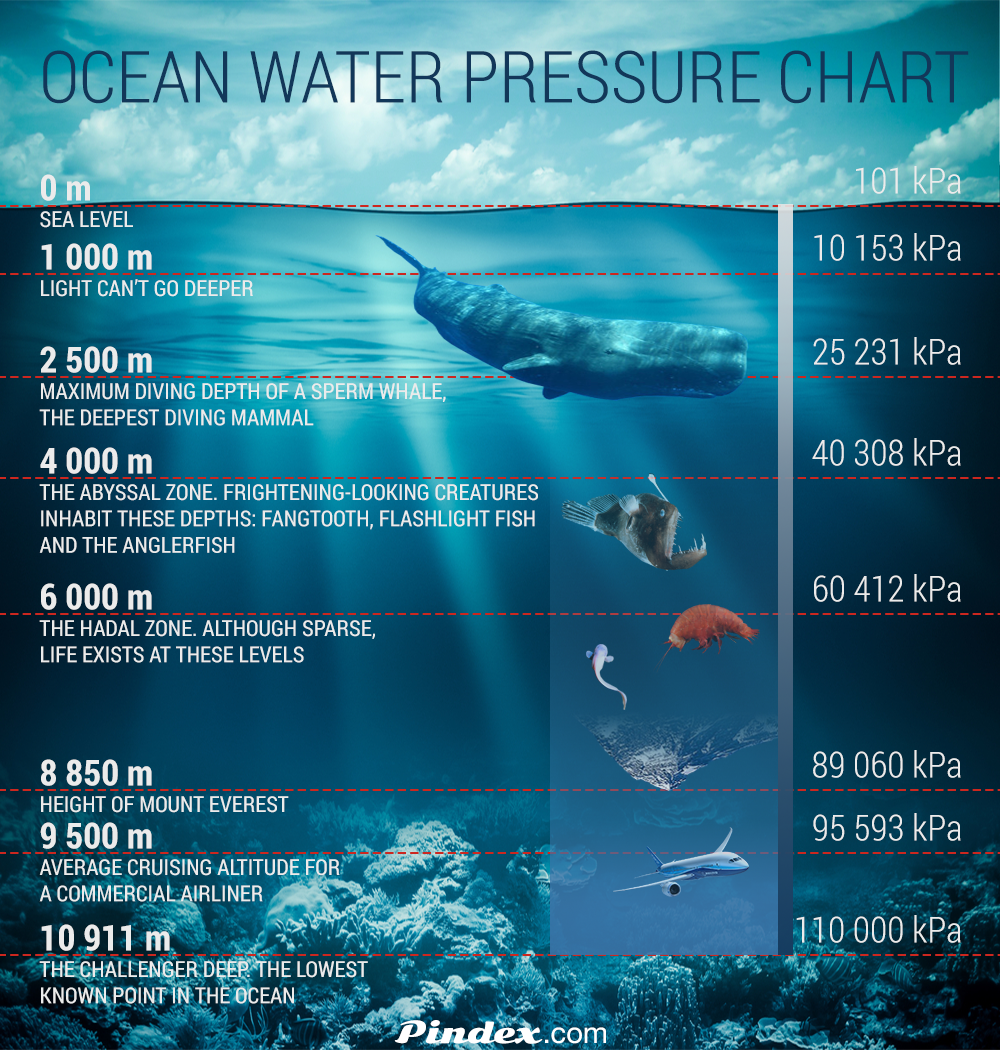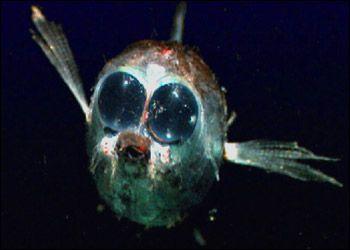Nowadays, humanity seeks to understand and discover the majority of the processes that occur in our Universe. People create new technologies and cognition tools to investigate far places and objects, understand their nature and peculiarities of the evolution. We manage to reach space, and there are numerous programs aimed at its investigation. Moreover, NASA and other agencies look for an opportunity to settle on Mars. Due to all these attempts, we have almost forgotten about our planet. There are still numerous mysteries to be discovered. For instance, 95% of the ocean remains unexplored (Harris and Baker 10). We are not able to investigate its depths as there is no needed equipment. Hence, the ocean could provide scientists with numerous astonishing facts, unique peculiarities, and mysterious creatures that have been living there for centuries almost unchanged. That is why the investigation of the seafloor is a unique activity that should be given great attention.
Nevertheless, at the moment we have a clear image of its structure and materials that comprise it. This pattern also conditions the extreme diversity of landscapes and species that live there. According to the latest investigations, there are different rocks, volcanoes, plates, etc. (Harris and Baker 19). All these forms comprise the seafloor. Moreover, its structure differs from the same one of the continental crust. They are both made through magma cooling; however, the oceanic one consists mainly of basalt. (“Sea-floor characteristics” par. 4). There are also other features that contribute to its unique appearance. These are ocean ridges, abyssal hills, plains, deep-sea trenches, volcanic islands, atolls, etc. (“Sea-floor characteristics” par. 4) The combination of all these forms contribute to the increased complexity and diversity of this surface. Moreover, its investigation is also complicated because of the great depth and increased pressure (see fig. 1). For instance, at a depth of 1000m, an object will experience the pressure of 25231 kPa (“Sea-floor characteristics” par. 9). It is extremely high, and the maximum known depth is 10911m. That is why we still do not know much about the processes that occur there. However, there is obvious progress that could be admitted.

First of all, numerous investigations provided us with the knowledge that there are organisms that live in this environment. However, its unique features precondition the peculiarities of their bodies and survival mechanisms. All creatures that exist there are able to experience unique pressure which increases with depth. Moreover, there is another unique feature which is bioluminescence. The organisms with this mechanism are able to produce light biologically, through the agitation of the molecules of luciferin (“Sea-floor characteristics” par. 5). The absence of light obviously impacts deep-sea fish, and more than 50% are able to produce their own light with the help of this process. Additionally, all creatures that exist near the surface have their unique ration which is formed under the impact of the specific peculiarities of the area. However, one should also mind the fact that seafloor could be found not only in extreme depth. There are shallow waters characterized by the unique diversity of species that live on the seafloor. These could be corals, fish, arthropods, octopuses, etc. With the increase of the depth the number of living beings that could be found decreases.
It is caused not only by the unique pressure and the absence of light. However, this environment presupposes the lack of traditional sources of food that could be consumed by the inhabitants of the seafloor. That is why deep-sea fish could be characterized by unique adaptation mechanisms. These creatures might consume either invertebrates or carrion. In other words, some sources of food could be found there; however, they are limited, and an organism should possess unique features like telescopic eyes, well-muscled body, etc. to survive (see fig.2).

Besides, seafloor that is found in deep water could be characterized by unique forms of landscapes. Sediments of all kinds are rarely found there. In general, there are sedimentary deposits that show a gradual increase in the fine fraction from the coast towards the offshore (Harris and Baker 194). Additionally, there are submarine rock exposures that are distributed irregularly across the seafloor (Harris and Baker 194). Thus, the origin of these rocks is still unknown as scientists suggest various perspectives on the processes that conditioned the formation of these forms of landscapes. Besides, the existence of the above-mentioned rocks also preconditions the appearance of the unique flora and fauna that exist in this environment and contribute to the unique biodiversity as different regions in the ocean have their unique features and peculiarities.
Furthermore, when analyzing the seafloor, it impossible not to mention a mid-ocean ridge, an underwater unique mountain system the appearance of which is determined by plate tectonics (Harris and Baker 224). A mid-ocean ridge consists of mountain chains and rifts (“Mid-ocean Ridges” par. 5). Besides, these ridges play a unique role in the formation of the seafloor and its further spread. It comes from the mantle upwelling which appears as the response to plate spreading. When moving, tectonic plates disengage lava and other minerals (“Mid-ocean Ridges” par. 6). Thus, when cooling lava forms a new crust. This process has a unique significance for the planet as it contributes to its further evolution and existence. However, it might also be dangerous as any alterations of seafloor and clashes of tectonic plates might result in the appearance of the earthquakes and tsunamis (Karson et al. 213). In this regard, the investigation of this surface becomes a crucial task as it might help to understand the nature of our world and warn people about the high possibility of nature disaster.
Finally, seafloor also contains numerous minerals that could be used in the modern industry. One realizes the fact that it is difficult to access these deposits; however, the increased demand for some minerals might condition the great attention given to these resources development. According to the latest findings, great rich amounts of nickel, cobalt, gold, tin, etc. could be found at the deep of 3000-3500 meters (Karson et al. 213). These minerals could be considered rather rare, and their extraction is essential for the further rise of industry.
Altogether, seafloor could be considered a unique phenomenon that should be investigated to obtain numerous answers and understand the nature of our planet. It still holds a number of secrets and mysteries that should be analyzed. At the moment, scientists tend to underline seafloors unique diversity. Depending on the water depth, its surface might vary. The alterations of landscapes also predetermine the appearance of new conditions and organisms that live in this environment. They could be characterized by specific features like bioluminescence, binocular eyes, muscled bodies, and other peculiarities that help deep-water see to survive and feed. Nevertheless, it becomes obvious that there are living beings that live under these extreme conditions. However, one should realize that we have explored only 5% of the ocean and there is a great need for further investigation.
Works Cited
Harris, Peter and Elaine, Baker. Seafloor Geomorphology as Benthic Habitat. Elsevier, 2012.
Karson, Jeffery, et al. Discovering the Deep: A Photographic Atlas of the Seafloor and Ocean Crust. Cambridge University Press, 2015.
“Mid-ocean Ridges.” Woods Hole Oceanographic.
“Sea-floor characteristics.” USGS, Web.